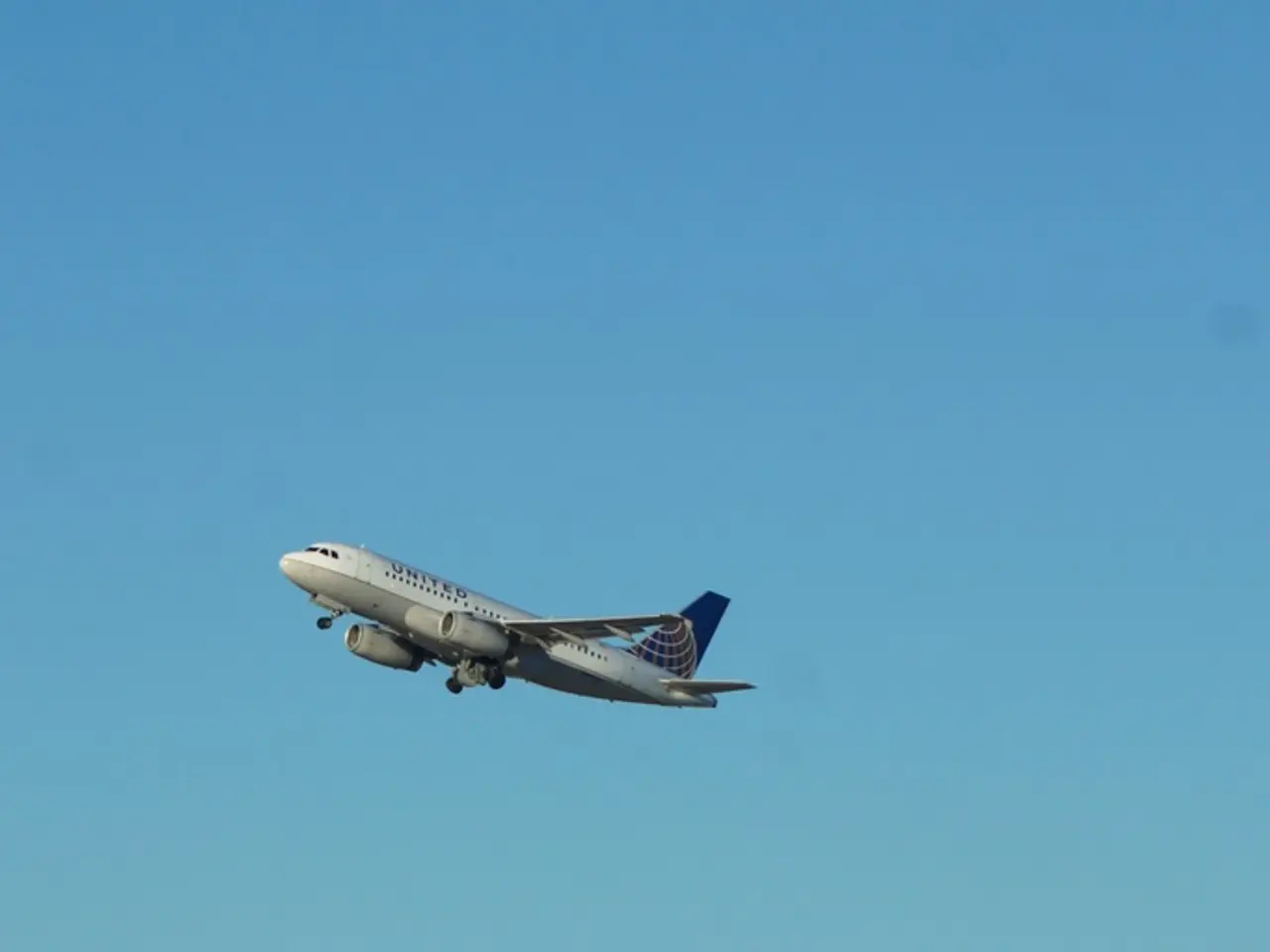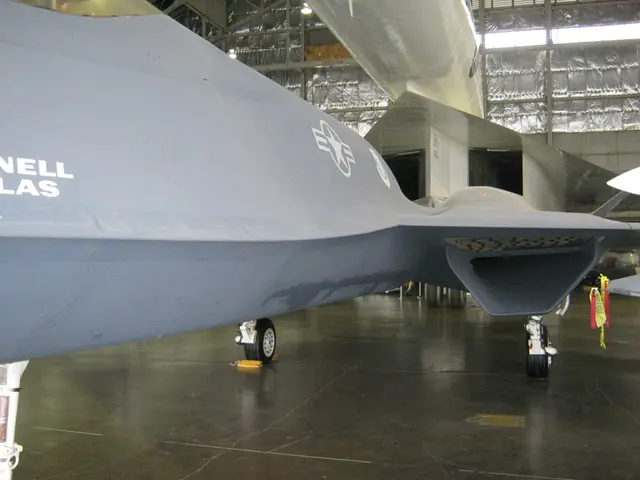Top U.S. Airports for Private and Business Aviation Traffic
==================================================================
The United States is home to a vast network of General Aviation airports, each contributing to the country's vibrant aviation landscape in its unique way. Here, we highlight the ten busiest General Aviation airports in the US, based on the number of operations – takeoffs and landings – recorded in 2024.
- Phoenix Deer Valley Airport, Phoenix, Arizona, with 397,329 operations, takes the top spot.
- The Centennial Airport in Denver, Colorado, follows closely with 312,153 operations.
- The Montgomery-Gibbs Executive Airport in San Diego, California, comes in third with 272,813 operations.
- Prescott Regional Airport - Ernest A Love Field in Prescott, Arizona, places fourth with 256,931 operations.
- Portland-Hillsboro Airport in Portland, Oregon, has 243,642 operations.
- Long Beach Airport (Daugherty Field) in Los Angeles, California, has 247,689 operations, rounding out the top six.
- The Portland-Hillsboro Airport is a hub for flight training and corporate aviation due to its location in the tech-heavy Silicon Forest.
- Falcon Field in Mesa, Arizona, has 238,766 operations, earning it the eighth spot.
- Chandler Municipal Airport in Chandler, Arizona, has 234,620 operations, landing it in the ninth position.
- Grand Forks International Airport in Grand Forks, North Dakota, with 229,610 operations, completes the list.
The high number of takeoffs and landings at these airports can be attributed to several key factors. These include the volume and diversity of based aircraft, the role as a general aviation hub, itinerant traffic and customs facilities, efficient airspace and procedural management, and economic impact and business aviation demand.
Airports with large numbers of based aircraft, such as jets, propellers, and helicopters, naturally generate high operational counts. For example, Fort Lauderdale Executive Airport (FXE) has over 500 based aircraft, contributing to its position as one of the busiest general aviation airports.
Airports like Charlotte Douglas International Airport (CLT) serve as significant general aviation centers with extensive facilities. CLT’s modern Fixed-Base Operator (FBO) infrastructure supports a high volume of daily operations.
Airports that serve as major hubs for itinerant flights (aircraft arriving from or departing to other locations) and that offer customs clearance can attract a high number of operations. FXE, for instance, is top-ranked nationally for general aviation customs clearing, making it a pivotal arrival and departure point for international general aviation traffic.
Some airports optimize air traffic capacity and reduce delays through specialized departure and approach procedures. LaGuardia Airport, although primarily a commercial airport, uses approved instrument departure and visual approach procedures to reduce congestion and maximize airspace capacity.
Economic factors, including job and payroll generation associated with the airport’s operations, create a positive feedback loop supporting growth in general aviation activity. Airports with substantial economic significance often see more aviation business, thus increasing takeoff and landing numbers.
In addition to these factors, some airports have carved out a niche for themselves in specific areas of aviation. For instance, the Phoenix Deer Valley Airport serves as a major hub for flight training and has two of the largest flight schools in the country. Prescott Regional Airport is home to Embry-Riddle Aeronautical University, renowned for its premier flight training program. The John D. Odegard School of Aerospace Sciences at the University of North Dakota is located in Grand Forks International Airport, making it a hub for flight training.
The Centennial Airport in Denver is a preferred destination for business aviation and private jet traffic due to its proximity to downtown Denver and the south Denver metro area. Long Beach Airport (Daugherty Field) is a significant contributor to the US general aviation landscape, with a diverse range of operations including flight training, corporate aviation, and general aviation. The Rocky Mountain Metropolitan Airport hosts several flight schools and is a popular choice for business aviation due to its strategic location between Denver and Boulder.
Chandler Municipal Airport hosts a number of flight schools and caters to general aviation, business flights, and air taxi services. The Montgomery-Gibbs Executive Airport in San Diego serves as an essential general aviation gateway to the city, with operations for flight training, corporate aviation, military, and law enforcement activities.
These airports not only serve as crucial hubs for general aviation but also play a significant role in the local economies, creating jobs and contributing to the growth and development of the communities they serve.
- The high operational counts at General Aviation airports, such as Phoenix Deer Valley Airport, can be attributed to their role as hubs for flight training, like the two largest flight schools in the country.
- Airports like Centennial Airport in Denver are preferred destinations for business aviation and private jet traffic, due to their proximity to key business locations and their diverse range of operations, including corporate aviation.
- The Rocky Mountain Metropolitan Airport, hosting several flight schools and being strategically located between Denver and Boulder, is a popular choice for business aviation, demonstrating the airport's significant role in the local economy and the aviation industry.








